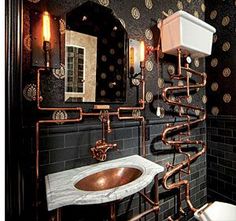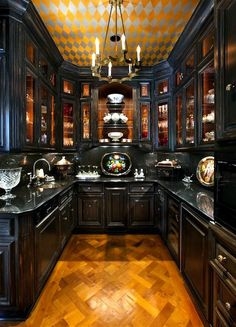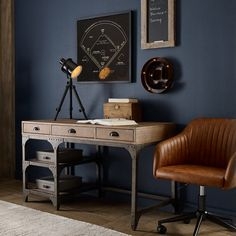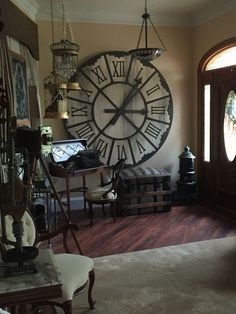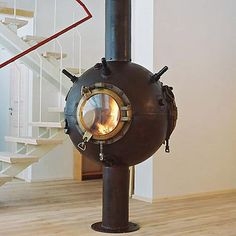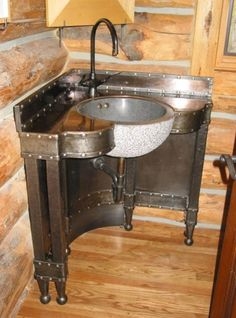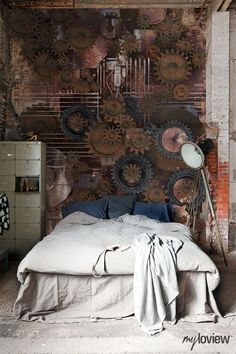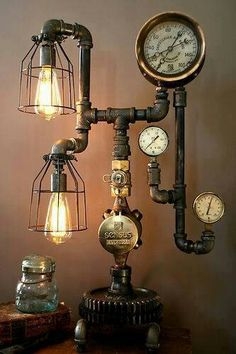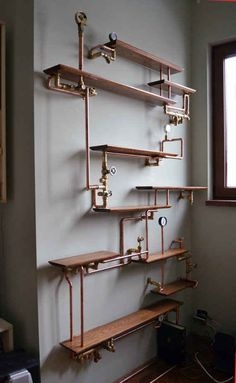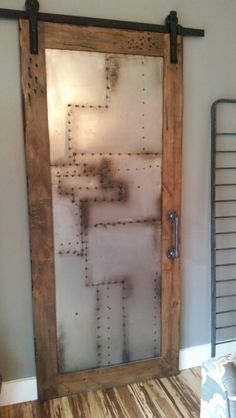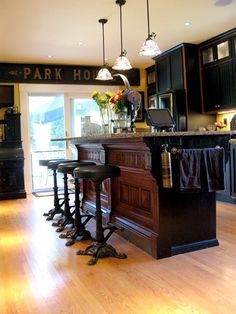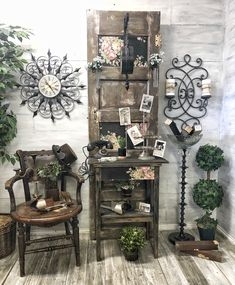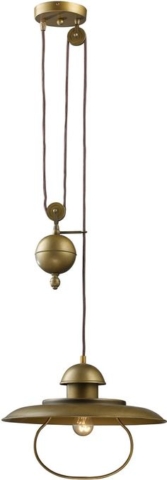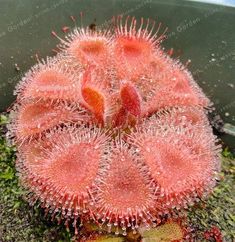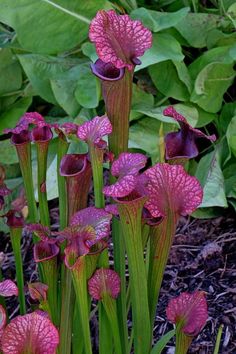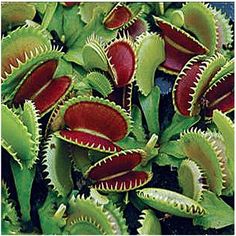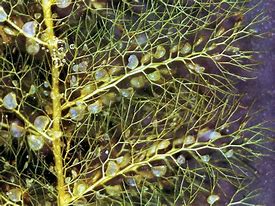Over the last few years, interest in ornamental grasses in the landscape have surged in popularity. They require little care, not very much water, and depending on variety very winter hardy. Grasses vary in height, color, and seed head texture. Ornamentals can be grown in containers (smaller varieties) or in the landscape as specimen plants.
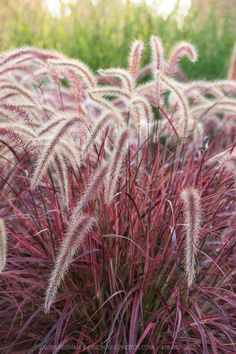
The most popular in greenhouses around here are fountain grasses. Varieties range from purple to green foliage color with large fluffy plumes. Even if the label states this grass is a perennial, in South Dakota it is grown as an annual.
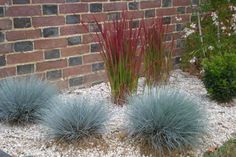
Blue fescue is a small, rounded mound of grass under 12 inches. The plant is great in front of the perennial bed. I have easily grown the plants from seed started indoors. The grass has a bluish color with tan seed heads. In our state, it is not evergreen so it will brown in the winter and green back up in early spring.
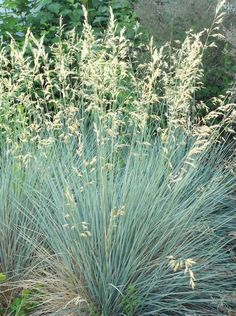
Blue oat grass has a blue-gray color with exceptionally fine blades. It will grow to 3 feet in height with oat-like seed heads.
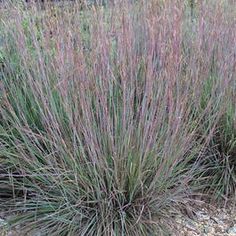
Big and little bluestem is a native grass mostly found in the eastern part of the state. It is increasing in growth range in the central part lately. These are the purplish-blue grasses you will see in the early fall. The large feather plumes turned white as they age. Little bluestem grows around 2 feet and big bluestem grows around 3 to 4 feet.

Fiber optic grass is a Midwest annual grass. It has dark-green blades with little balls on the tips of the grass blades. Grows around a foot tall but gracefully bends down.
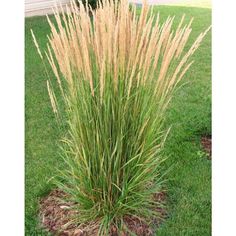
Now my favorite, the miscanthus grass. I have a couple of these plants that are around 10 years old. They grow in a large mound with large plumes getting over 5 feet tall. Miscanthus is as close to pampas grass as you can get and much hardier.

One of the easiest grasses to grow is the zebra grass. It has dramatic green and yellow cross yellow foliage. The flower is purple to pink growing to over 5 feet tall.
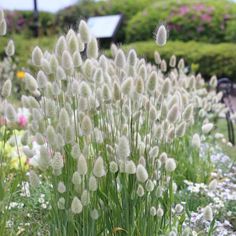
Another grass easily grown from seed in the bunny tail grass. It is a small grass around a foot tall with large “bunny tail-like” seed stalks. Makes a great container plant.
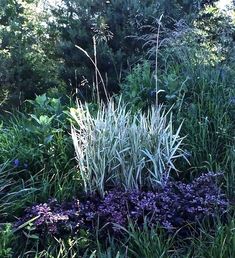
Lastly, if you want the grass to naturalize, try ribbon grass. A grass with vertical green and white stripes around 1 to 2 feet tall. This grass can be a little invasive. I divided some of this type of grass and threw the extra over the fence. It did take hold and great in a nice patch. The cows sure like it.

